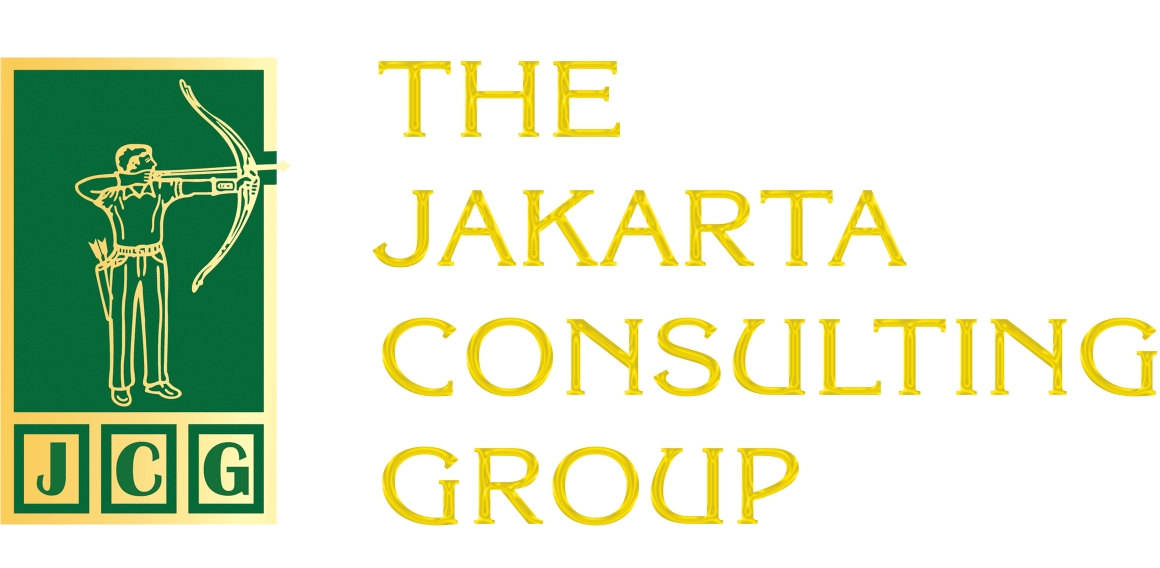In the modern workplace, companies often retain their best talent by any means necessary. From lucrative salaries, annual bonuses, stock options, to exclusive benefits that are too good to pass up. Behind this employee retention strategy lies an interesting and controversial phenomenon: “golden handcuffs.”
Golden handcuffs is a term that describes a situation where an employee receives such generous financial compensation that they are reluctant to leave the company even though they feel bored, their career is not progressing, or their values no longer align with those of the company. This situation raises a fundamental question: are golden handcuffs really beneficial for both parties, or do they actually become a trap that shackles employees?
These golden handcuffs can take many forms. They range from annual bonuses that are only given if employees stay until a certain time, stock options that can only be cashed out after several years, pension programs with great benefits for employees who are loyal until retirement, to exclusive benefits, such as company cars, housing facilities, or access to elite business networks.
In theory, this employee retention strategy aims to build loyalty and reduce turnover, especially at the managerial or executive level. However, in practice, the impact is not always as positive as imagined.
Why Golden Handcuffs?
For companies, losing competent and experienced employees means losing knowledge. Team stability can be shaken. The recruitment and retraining process also takes time and costs a lot of money. Therefore, golden handcuffs have become a mainstay for retaining key talent, especially in highly competitive industries such as technology, finance, and energy.
Not only that, employee retention strategies that rely on jumbo compensation also become a symbol of status. Companies that are able to provide this are considered more prestigious, attracting top talent to join. In some cases, golden handcuffs are also used to ensure a smooth leadership transition, for example when a company undergoes a merger or restructuring.
Advantages and Disadvantages for Employees

On the one hand, golden handcuffs offer a number of tangible benefits for employees. Employees’ personal financial security is more guaranteed, especially amid the growing threat of layoffs. Employees bound by golden handcuffs are usually in a prestigious ecosystem, with professional networks and career opportunities that are difficult to access elsewhere. Another benefit is the emergence of pride and a feeling of being valued. Long-term incentives, such as stocks or bonuses, can motivate employees to continue to perform at their best.
However, there is also a downside to this employee retention strategy. Most often, it is a feeling of being trapped. Employees force themselves to stay with the company not because they love and are proud of their work, but because they want to maintain their comfort and financial security. As a result, stress levels increase.
Staying in the comfort zone for too long makes people afraid to try new challenges and take risks. In fact, career development often comes from the courage to try new challenges.
Loyalty built on material foundations tends to be fragile. As soon as a better offer comes along, that bond can easily be broken. This is different from loyalty that comes from the heart.
The Impact on the Company
For companies, organizational culture can also be affected. Relying too much on financial incentives as a means of employee retention can cause companies to lose universal and long-term values such as integrity, mutual trust, collaboration, honesty, and so on.
The phenomenon of golden handcuffs is very evident in the technology and finance industries. In Silicon Valley, giants such as Google and Meta offer large stock compensation with a vesting period of four years or more. As a result, many engineers or managers stay only because they are waiting for their shares to vest—not because of a passion for innovation.
The same thing happens in investment banking. Well-known banks often give annual bonuses that can only be claimed after a certain period as an effort to retain their employees. As a result, many young professionals choose to stay even though they have to deal with intense pressure and stress.
A Harvard Business Review (2021) study revealed that 42 percent of professionals who stay for financial reasons actually have low job satisfaction despite earning a lot of money. They feel exhausted, uncreative, and less involved in organizational innovation.
Ethically, golden handcuffs raise the question: is it appropriate for companies to “shackle” employees with material incentives to gain their loyalty? Shouldn’t true loyalty stem from emotional attachment, trust, and shared values—not financial incentives?
So, what should organizations do?
Make no mistake, golden handcuffs are not entirely wrong. However, this employee retention strategy must be used wisely and in a balanced manner. There are several things companies can do.

- Ensure that employees truly understand and believe in the company’s vision and mission. Loyalty based on this kind of understanding and belief will be more lasting.
- Prepare career paths, training, and mentoring so that employees have the opportunity to continue to grow.
- Employees who stay are not necessarily emotionally involved. Conduct regular engagement surveys to ensure they still feel a sense of belonging. Companies can partner with professional consultants such as The Jakarta Consulting Group, which has long been trusted by many national and multinational companies to conduct Employee Engagement Surveys (EES) to produce valid and measurable data on employee engagement levels.
On the one hand, golden handcuffs can be an employee retention strategy to keep the best talent from leaving. But on the other hand, golden handcuffs can be a trap that stifles innovation and career independence.
For companies, the challenge is to create a balance between financial rewards and intrinsic employee satisfaction. Meanwhile, for employees, it is important to reflect: Am I staying because I love this job, or just because I am afraid of leaving my comfort zone?
#golden handcuffs #loyalty #turnover #status symbol #prestigious #financial security #comfort zone #organizational culture #employee retention










